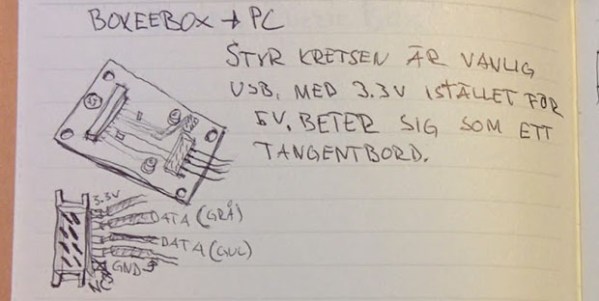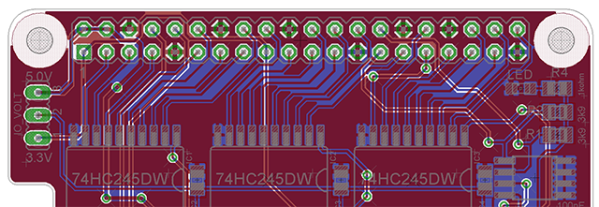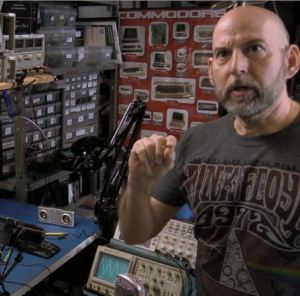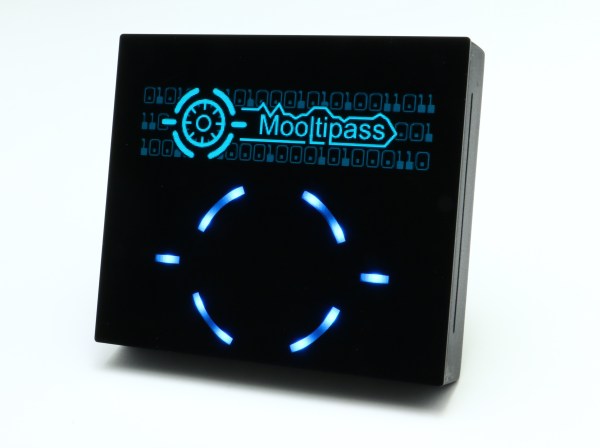Students at the University of Rochester have developed a clever optical system which allows for limited invisibility thanks to a bit of optic sorcery physics.
Almost all invisibility technologies work by taking light and passing it around the object as if it were never there. The problem is, a lot of these methods are very expensive and not very practical — and don’t even work if you change your perspective from a head on view.
[Joseph Choi] figured out you can do the same thing with four standard achromatic lenses with two different focal lengths. The basic concept is each lens causes the light to converge to a tiny point in between itself and the next lens — at which point it begins to diverge again, filling the following lens. This means the cloaked area is effectively doughnut shaped around the tightest focal point — if you block the center point of the lens, it won’t work. But everything around the center point of the lens? Effectively invisible. Take a look at the following setup using lasers to show the various focal points and “invisibility zones”.
Continue reading “Invisibility Achieved With A Few Clever Focal Points”







 Yeah, check out that line-up poster. We’re so lucky to have an unreal collection of talented people pitching in to make this event happen. This Saturday is going to be Epic! Good thing since we’re celebrating 10-years-of-Hackaday!
Yeah, check out that line-up poster. We’re so lucky to have an unreal collection of talented people pitching in to make this event happen. This Saturday is going to be Epic! Good thing since we’re celebrating 10-years-of-Hackaday!











